by Hannah Wadle
Foils and permeation
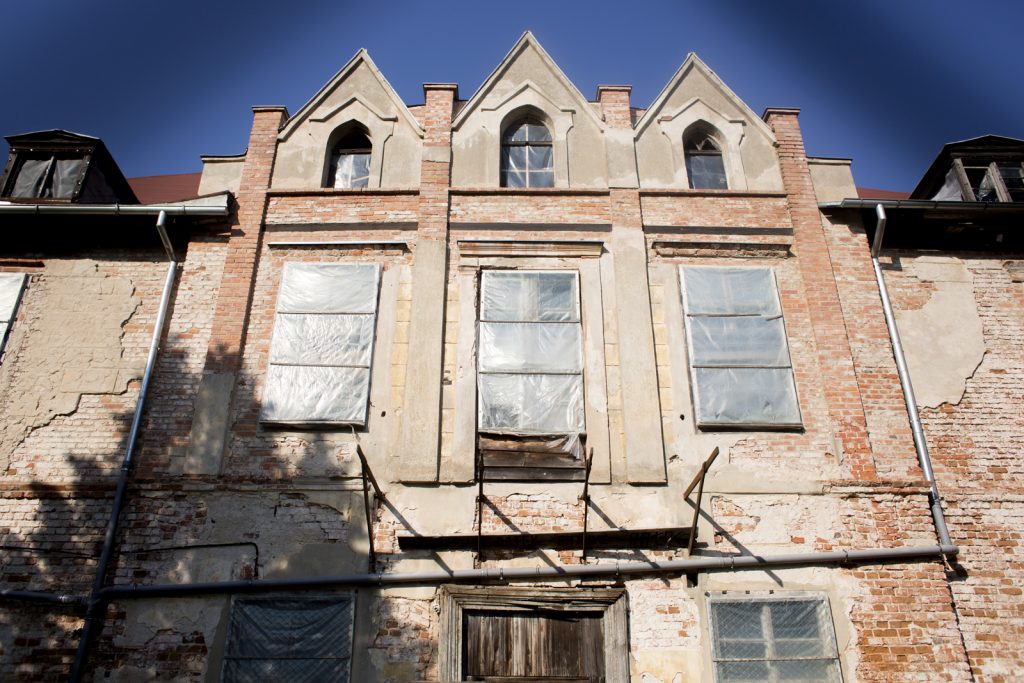
When the palace of Sztynort changed owners in 2009/10, the first thing done was to exchange the black foils that had covered the windows of the building against translucent ones. In heritage conservation language that was an act of first aid, minutes before the decomposition of the building from within. Behind the blinded windows, the underworld had started to conquer the palatial spaces: Deprived of light, warmth, and the circulation of air, the interior had dampened and organisms that thrived in these kinds of micro-climates were poking up through the soil or feeding on the dissolving wood: molds, mosses and mushrooms. As the windows were returned into spaces that mediated the exchange between within and without, into permeable elements of the palace, the guests from the underworld left without further ado, yet leaving significant damage and a near-death experience to the palace.
Domestic Orifices
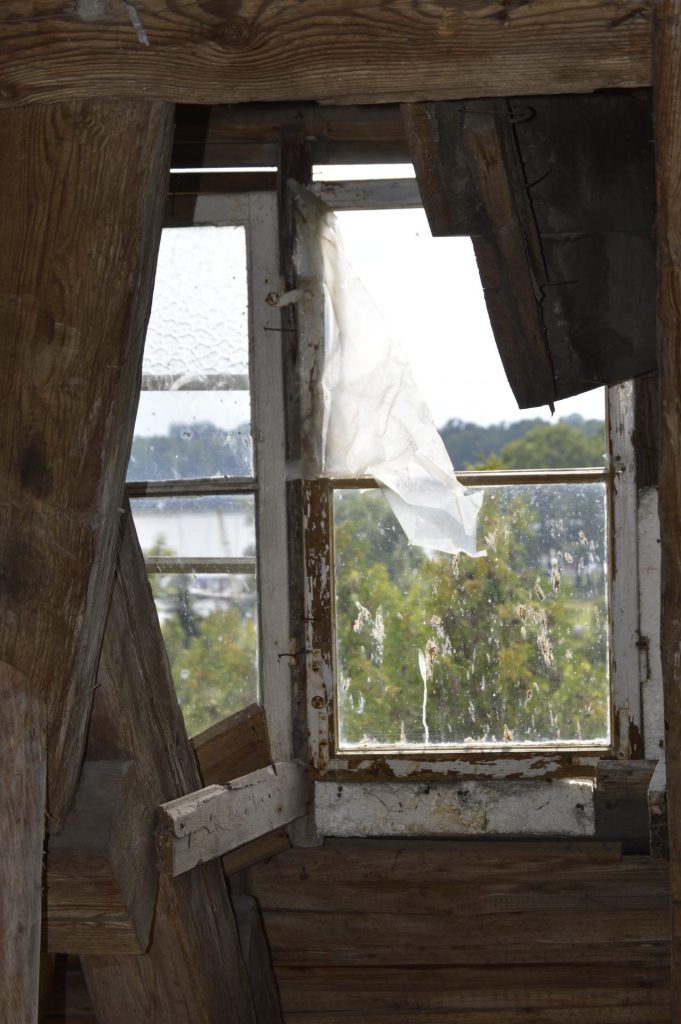
Is there much difference between the technical and the psychological raisons d’être of the window? Don’t both the house and the resident need the circulation induced by the window to survive and to avoid entering a state of decomposition? Aren’t they one thing altogether, the house and its residents? The building, a living, breathing organism of which the windows are the multifunctional orifices, with different grades of closedness, nourishing us, and spitting out our excrements? They are receptive, distancing, vulnerable. And, they are much more flexible, ambiguous, and versatile than the other important of the domestic openings – the door. So much more subtlety and shades of openness in a window than in a door. It needs craftspeople to deal with windows.
Windows, not doors
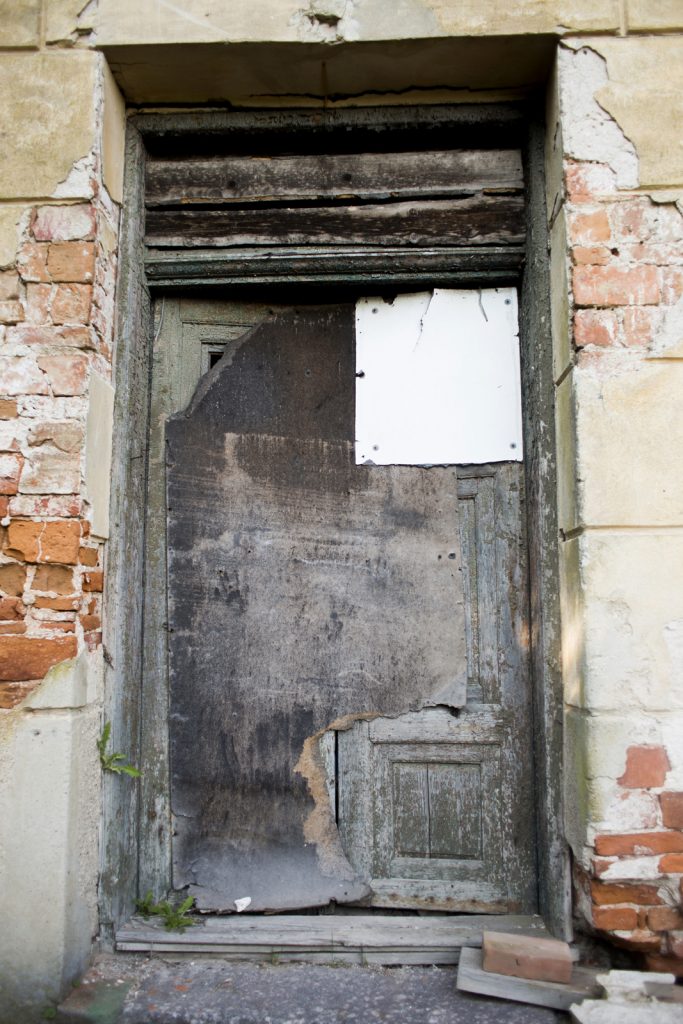
The window has something ephemeral. The living tend to exit through the door, but we open windows to let the souls of the dead exit the house or to let the new morning creep in. And it is often in exceptional situations, that our attention shifts from the door to the window. If doors need to be locked for one reason or another, it is windows that are left to us for connecting with the world outside, physical and metaphysical. On the 21stof July 1944, Heinrich von Lehndorff, youth champion of high jump, heir of the Palace of Sztynort and co-conspirator of Operation Valkyre, jumped out of the first floor window of the palace and made his escape through the park into the lake. Cornered by the arriving police cars, after the attack on Hitler’s life had failed and on the safe way to death penalty, his first impulse had been to jump out of the window and run away.
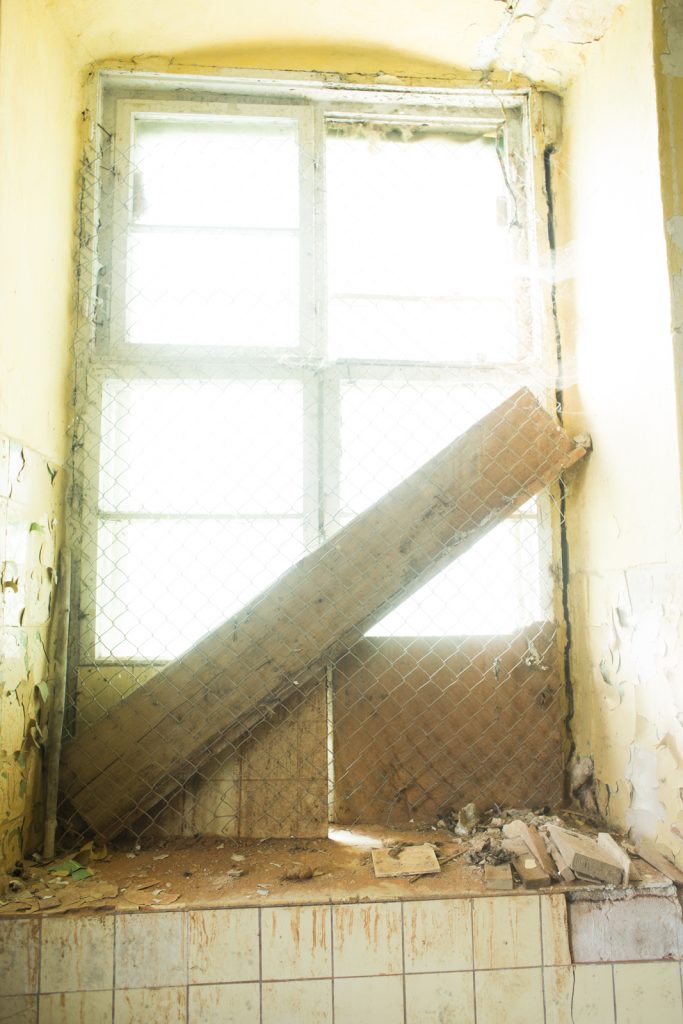
Windows are not supposed to be stepped through by humans. There are certain things that are allowed in and out through windows, these are the airy, the bodiless, not those of a denser physique. Thence, windows protect us not merely from rain and storm, but also from ourselves. Look outside, but don’t step any further. Those who do, anyway, are liminal figures, on escape, in shady business, in desperation, in love. As teenagers on the threshold to adulthood love to climb through windows or sit on windowsills. Windows become frivolous, romantic openings, when a building is abandoned and unpoliced: climbing through the window into abandoned buildings at night is a subgenre of ruin tourism, one with a significant number of fans in Sztynort also.
Safe distance
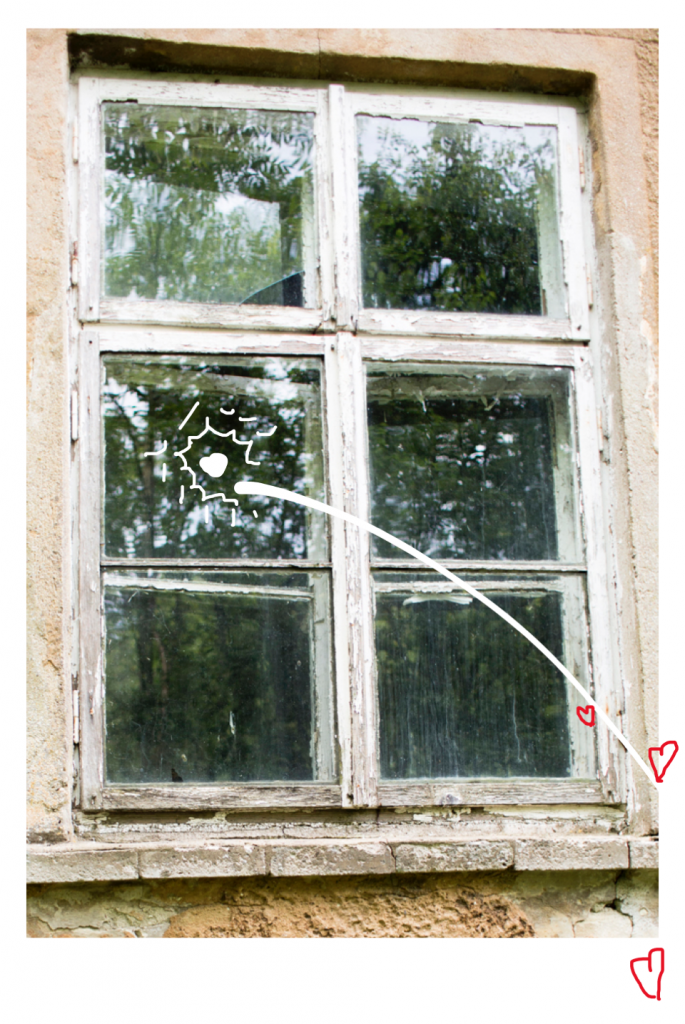
Windows stayed one among the most legitimate connections to the world during the past weeks and months of the corona crisis. They acted as a protecting mediator between proximity and distance. Without medical justification – in the end the lower half of the body is not less infectable than the upper half – people chose to see their relatives through the windows in safe distance rather than through the doors in safe distance. The temptation to overcome distance, to step indoors, to act upon the suggestiveness of the opened door – to just quickly come in – lurked like an uncontrollable danger under the doorstep. And so it was the window through which we spoke, laughed, called, looked.
frameWORK & disPLAY
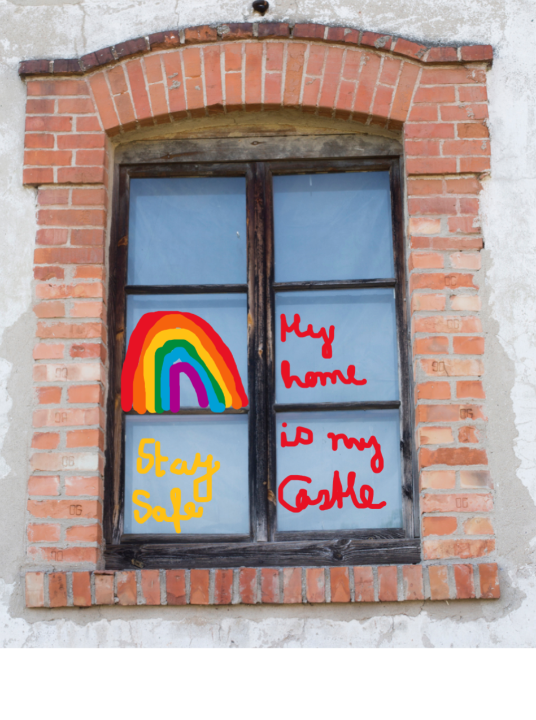
When children are pressing their noses against toy shop windows and when neighbours are taking out the binoculars to see what is going on behind the window of the opposite dwelling – windows are acting facilitators of displays to the public, deliberate or accidental ones. In the past months, they became displays of hope, of community art, became a community blackboard, indicators of the state of affairs, of the emotional thermometer and the conversation of the community. Safety guidelines and instructions, announcements of closure in shop windows, children’s drawings and rainbow-pictures in school, kindergartens and private homes, teddy bear window-sill arrangements. With the temporary closure of cultural institutions, windows became stages for musicians and performers, allowing for concerts to be shared to listening audiences. Windows thus give boundaries to what ought to be seen and heard. According to the traditional Chinese understanding the window is not something for fresh air, it is a picture frame to the outer space, to the garden. A window guides the gaze. It curates, where we are positioned in the world, what we see, what we do not: Inside like outside.
Promises of the possible
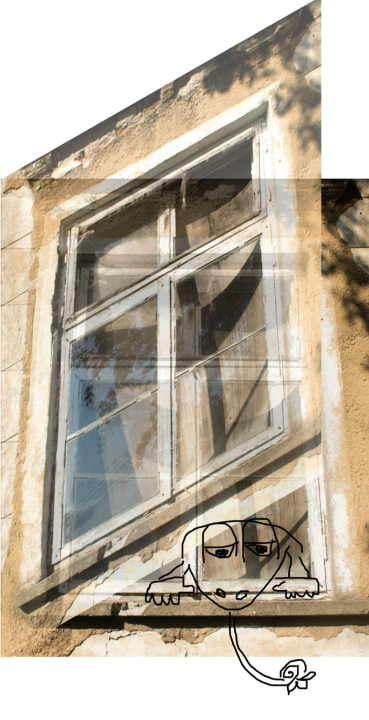
The practice of opening and closing windows has its analogy in the virtual realm. In the development of contemporary personal computing, windows were translated into the digital as central architectural element. Ever since, windows have been shaping our experience of the digital – especially, since windows became compatible with browsing the web. Web-based windows are openings into an indefinite everywhere, letting us move through time, space, and through the imagination of others. Like baroque trompe oeils, they lure the eye with promises of the unreachable. Are they ultimately false, traps to life, or could one say the promise alone is its partial realization, is the sufficient drop for the imagination to sustain an idea of the possible? Don’t we, by calling them windows, give an accurate definition that acknowledges the biggest limitation of digital architectures: the lack of doors through which to transport our bodies entirely. So that we exist in spaces indefinite threshold between here and there.
May the Summer of Windows begin!
The VI Pałac Festiwal will be opened as a Summer of Windows. In this year of pandemic inbetween-ness, the window is a suitable format for celebrating the palace community. It is an inspiration for artistic reflections and for storytelling, for material explorations and performative experiments. We will open the summer of windows on our designated project website https://2020.stnort.org and locally at the palace of Sztynort.